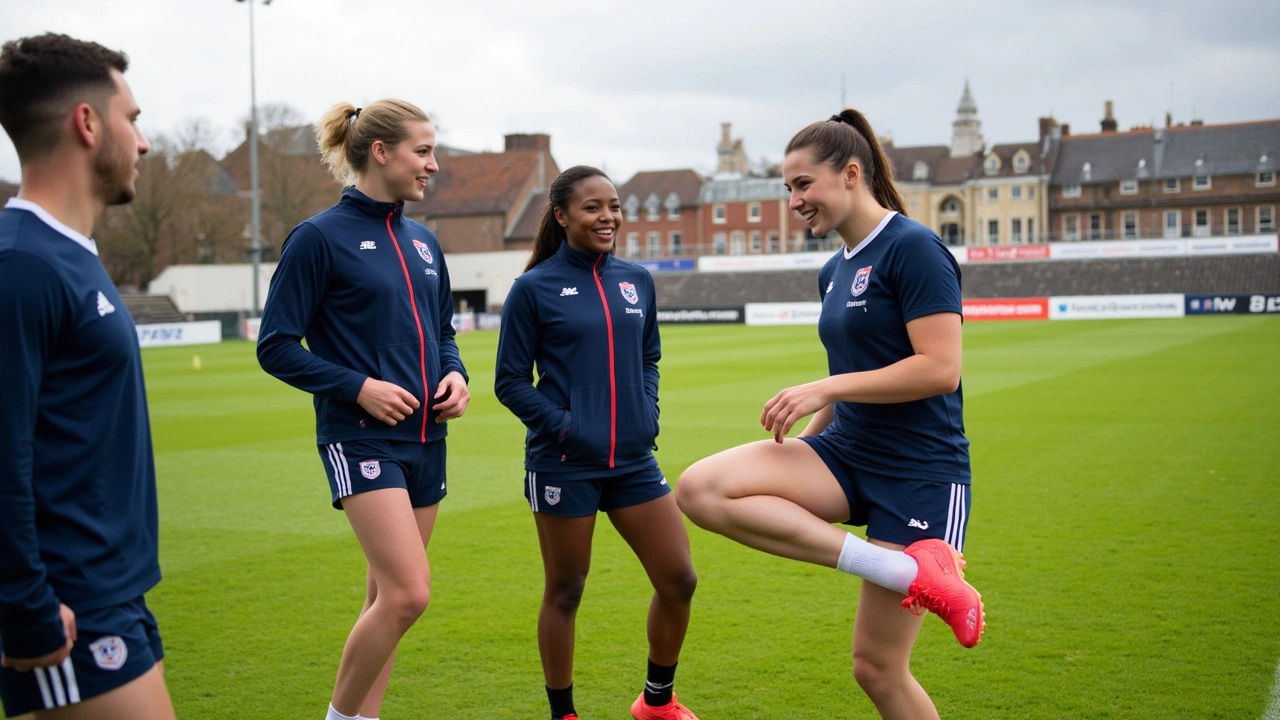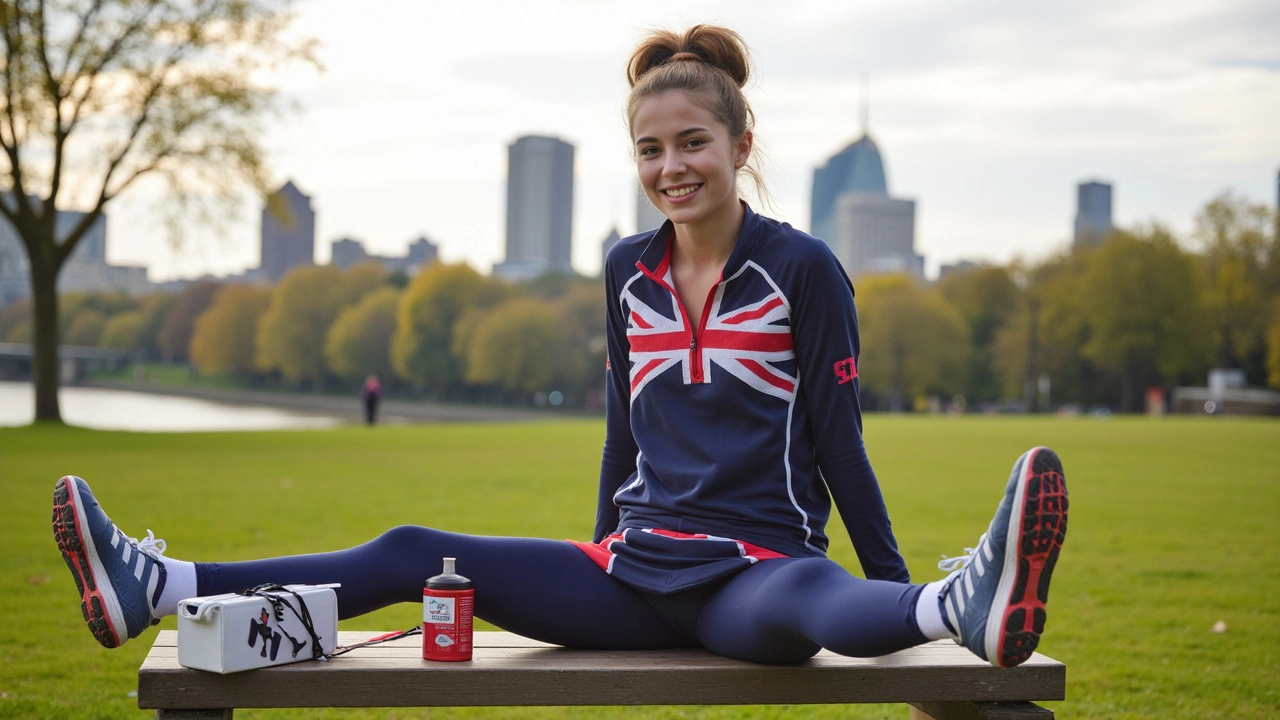If you’re an athlete, you know the drill: sore muscles, tight spots, and that stubborn knot that just won’t quit. But what if there was a simple way to speed up recovery and keep your body game-ready? Swedish massage is one of those under-the-radar tools that can take your training—and your downtime—to a whole new level.
This isn’t just about feeling good—though let’s be real, it feels amazing. Swedish massage works by loosening tight muscles, flushing out waste from hard exercise, and helping you relax when it matters most. Wondering if it’s worth your time? It’s backed by sports trainers, used in pro athlete recovery routines, and easy to fit into a busy schedule.
No need to worry if you’ve never tried it before. You don’t have to be a massage regular or know all the fancy techniques. This guide is all about keeping it simple, practical, and focused on what matters—getting you the edge on performance and recovery, without the fluff. Let’s get moving.
- What Is Swedish Massage for Athletes?
- 7 Key Benefits for Sports Performance
- What to Expect in a Session
- How to Find the Right Massage Therapist
What Is Swedish Massage for Athletes?
If you picture a classic, relaxing massage, you’re probably thinking of a Swedish massage. And while it’s great for melting away stress, it also does a lot for athletes. It’s basically a technique that uses a mix of long strokes, kneading, and circular motions to work on the muscles. The cool thing is, it’s much gentler than deep tissue or some sports massages. That means you get the benefits—like less soreness and better blood flow—without feeling beaten up after the session.
For athletes, this style of massage is all about two things: performance and recovery. The main goal? To loosen things up after a tough workout, help your muscles relax, and speed up your body’s natural healing process. Unlike some massages that go deep and break up scar tissue, Swedish massage mainly targets the surface layers of muscle, which is perfect for handling general aches, keeping you flexible, and giving you that feeling of lightness before your next training session.
Here’s what you’ll notice with a real Swedish massage aimed at athletes:
- Focused on major muscle groups you use most—think quads, calves, glutes, shoulders, and back.
- Helps flush out lactic acid, which builds up after intense exercise and causes soreness.
- Keeps blood flow at its best so your muscles get the oxygen and nutrients they need to repair.
- Eases both physical and mental tension, which matters when you’re gearing up for competition or just winding down.
Fun fact: According to a 2023 survey by the American Massage Therapy Association, about 45% of athletes using massage therapy said Swedish massage was the go-to style for regular recovery. Why? Because it’s effective, gentle, and adaptable. You can get it before or after events, or just as maintenance in your off-season.
So, whether you’re playing pickup basketball on the weekends or pushing hard for a marathon, Swedish massage is built to help keep you in the game—no complicated routines or intimidating pain required.
7 Key Benefits for Sports Performance
Let’s cut right to it: why do so many athletes swear by Swedish massage? The answer is simple—it just works. Here are seven ways Swedish massage can make a real difference for sports performance and recovery.
- Speeds Up Muscle Recovery: After a tough run or workout, Swedish massage helps move lactic acid out of your muscles. This means less soreness and those aches don’t stick around as long.
- Boosts Flexibility: Tighter muscles can slow you down. The kneading and gliding techniques work out knots and boost your range of motion, so you hit your stride or throw with better form.
- Reduces Injury Risk: Injuries often happen when your muscles are stiff or overworked. Regular massage keeps everything loose and more resilient, so you’re less likely to pull a hammy or tweak your back.
- Improves Blood Flow: Massage increases circulation, meaning more oxygen and nutrients get to your muscles. This helps with both training and healing from those micro-tears you get from lifting or sprinting.
- Relieves Stress and Boosts Focus: High-pressure games can mess with your head. The calming nature of Swedish massage settles your mind, helps you sleep better, and can even knock down pre-game jitters.
- Enhances Performance: When your body feels better, you train harder and play better. Some pro teams have therapists on speed dial just for this reason.
- Breaks Down Scar Tissue: If you’ve had an old injury, Swedish massage can help break up leftover scar tissue and keep your body moving as it should.
Ever wondered if this is just hype? Researchers at Ohio State found that athletes who got a 30-minute Swedish massage after exercise recovered muscle strength faster than those who didn’t. Plus, the NBA and NFL both now include massage therapy in their regular player routines—these guys don’t risk their bodies on a fad.
| Benefit | Percent of Athletes Noticed Improvement |
|---|---|
| Faster Recovery | 82% |
| Less Soreness | 77% |
| Improved Flexibility | 66% |
Bottom line: If you’re serious about sports, Swedish massage is too good to ignore. When you put recovery on autopilot, everything else just clicks into place.

What to Expect in a Session
Showing up for your first Swedish massage as an athlete? Here’s exactly what happens, so you can walk in relaxed and ready. No guesswork, just straight talk.
You’ll start by chatting with your massage therapist about your sports routine, trouble spots, and any injuries. It’s totally normal to mention if you’ve just come off a tournament or have muscle aches that need some love. This helps the therapist work out which muscles to focus on and how much pressure you want.
After that, you’ll get time to undress to your comfort level and hop onto the table, usually under a sheet or towel for privacy. The therapist uses a mix of long, gliding strokes, kneading, and circular movements with a gentle oil or lotion. If your legs are tight from running sprints or you’ve got that classic shoulder tension from lifting, those areas might get special attention, but nothing will surprise you—they’ll always check first.
Sessions often last 60 minutes, but you can find shorter or longer versions depending on how much recovery you need. Most athletes see the best results from a 60-90 minute session, especially after a heavy training day.
What about the atmosphere? The room is usually quiet, sometimes with chill music in the background. You can ask for more or less pressure at any time. Communication is key—if something’s uncomfortable or you want more work on a certain spot, just say so. It’s your session.
- Wear comfy clothes and give yourself a bit of time after for the post-massage "floaty" feeling.
- Hydrate well after the massage—this helps your body clear out toxins released during the session.
- If you’re in-season or prepping for a race, book your massage 1-2 days before or after big events for max benefit.
| Step | Duration | What Happens |
|---|---|---|
| Consultation | 5-10 mins | Chat about your sports routine, injuries, and goals |
| Massage | 50-75 mins | Focused work on key muscle groups using Swedish techniques |
| Wrap-up | 5 mins | Tips for aftercare, stretch suggestions, answer any questions |
Bottom line: A Swedish massage for athletes is not just relaxing. It’s a set routine that gets your body ready for the next challenge. Knowing what to expect makes it easier to kick back and get the most out of it every single time.
How to Find the Right Massage Therapist
Finding a great Swedish massage therapist for sports recovery can feel like hunting for a hidden gem. Not all therapists know how to help athletes, so you want someone who really gets your goals. Here’s what makes the search easier.
First off, check that the therapist is licensed. In most states, massage therapists need a license, and you can ask to see it or look them up online. This means they’ve been properly trained and follow safety rules.
It’s smart to ask if they’ve worked with athletes or have extra training in sports or massage therapy. While Swedish massage is gentle, pros might blend in some deeper muscle work for tight quads or sore backs. Ask what techniques they use for runners, lifters, or whatever sport you play.
- Experience matters: Look for therapists who’ve worked with your type of sport. Someone who knows what soreness after sprints feels like will handle your recovery better.
- Referrals help: Ask your coach, gym buddies, or even your doctor who they trust. Athletes often know which local pros are the real deal.
- Read online reviews: Sites like Google, Yelp, and even Instagram can be goldmines for finding feedback on therapists in your area. Look for comments about knowledge of sports recovery and not just generic praise.
- Try a phone consult: Most therapists will chat about your goals before you book. See if they listen, answer questions, and make you feel comfortable. This is a great way to weed out anyone who can’t talk specifics about athlete performance.
Keep an eye out for signs that a therapist customizes their sessions. A good one will ask about your training, injuries, and preferences before you get on the table. They’ll talk to you during the massage too, checking if pressure or technique needs adjusting.
Worried about spending too much? Prices for massage therapy can range widely. Here’s a quick look at what you might see for Swedish massage aimed at sports recovery in the U.S. as of this year:
| Session Length | Average Price |
|---|---|
| 30 minutes | $45 - $70 |
| 60 minutes | $75 - $110 |
| 90 minutes | $110 - $150 |
Insurance sometimes covers massage therapy if it’s prescribed by a doctor, so it doesn't hurt to check. Lastly, trust your gut. If someone doesn’t feel right for you, move on—there are plenty of good therapists out there who can help you stay on top of your game.







